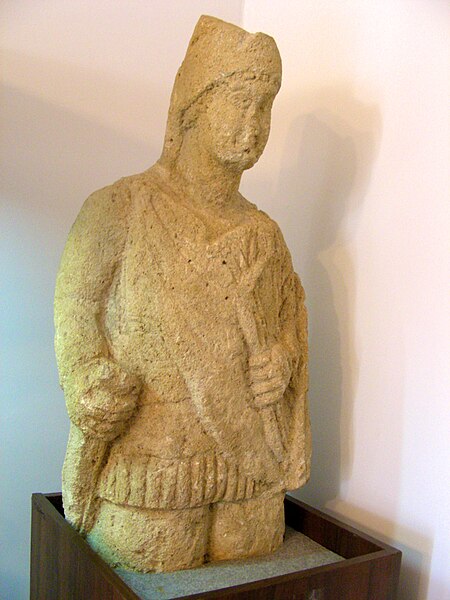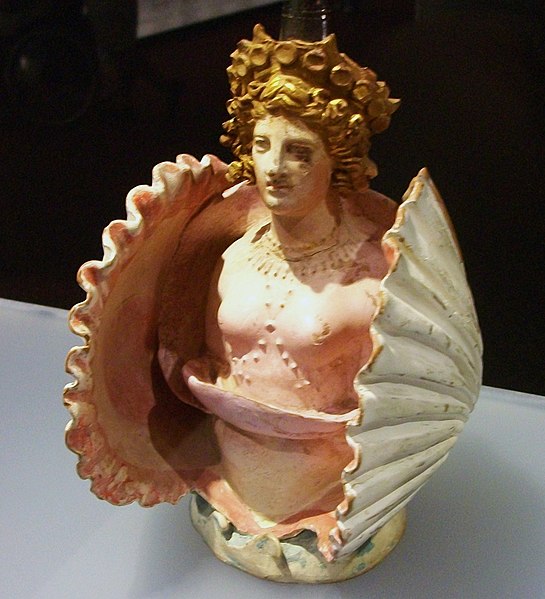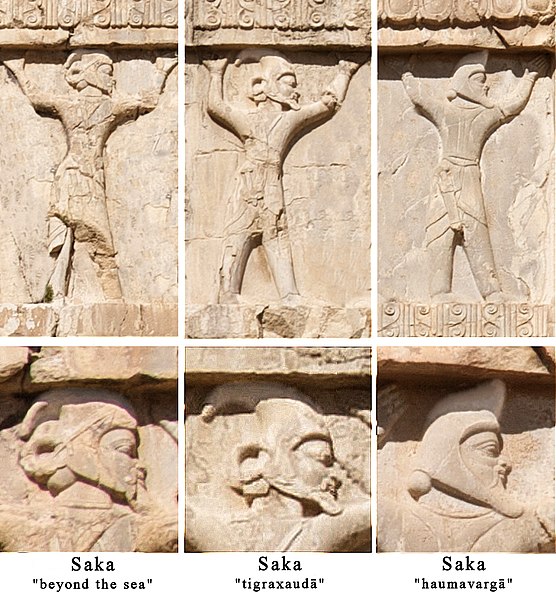The Bosporan Kingdom, also known as the Kingdom of the Cimmerian Bosporus, was an ancient Greco-Scythian state located in eastern Crimea and the Taman Peninsula on the shores of the Cimmerian Bosporus, centered in the present-day Strait of Kerch. It was the first truly 'Hellenistic' state, in the sense that a mixed population adopted the Greek language and civilization, under aristocratic consolidated leadership. Under the Spartocid dynasty, the aristocracy of the kingdom adopted a double nature of presenting themselves as archons to Greek subjects and as kings to barbarians, which some historians consider unique in ancient history. The Bosporan Kingdom became the longest surviving Roman client kingdom. The 1st and 2nd centuries AD saw a period of a new golden age of the Bosporan state. It was briefly incorporated as part of the Roman province of Moesia Inferior from AD 63 to 68 under Emperor Nero, before being restored as a Roman client kingdom. At the end of the 2nd century AD, King Sauromates II inflicted a critical defeat on the Scythians and included all the territories of the Crimean Peninsula in the structure of his state.

Sindi warrior typical of the levy troops found in both armies
Pottery vessel in the shape of Aphrodite inside a shell; from Attica, Classical Greece, discovered in the Phanagoria cemetery, Taman Peninsula (Bosporan Kingdom, southern Russia), 1st quarter of 4th century BC, Hermitage Museum, Saint Petersburg.
Bosporan Phiale (top view), 4th century BC
The stele of Staphhilos from Panticapaeum, depicting a soldier with the traditional Bosporan long hair and beard.
The Scythians or Scyths in composition) and sometimes also referred to as the Pontic Scythians, were an ancient Eastern Iranic equestrian nomadic people who had migrated during the 9th to 8th centuries BC from Central Asia to the Pontic Steppe in modern-day Ukraine and Southern Russia, where they remained established from the 7th century BC until the 3rd century BC.
Maximum extent of the Scythian kingdom in West Asia (680–600 BC)
Maximum extent of the Scythian kingdom in the Pontic steppe (600–c. 200 BC)
For the Achaemenids, there were three types of Sakas: the Sakā tayai paradraya ("beyond the sea", presumably the Scythians between the Greeks and the Thracians on the Western side of the Black Sea), the Sakā tigraxaudā (Massagetae, "with pointed caps"), the Sakā haumavargā ("Hauma drinkers", furthest East). Soldiers in the service of the Achaemenid army, Xerxes I tomb detail, circa 480 BC.
Curled-up feline animal from Arzhan-1, circa 800 BC.








